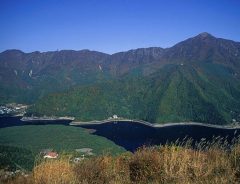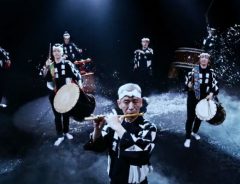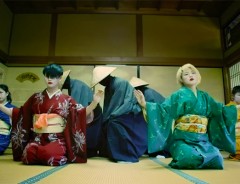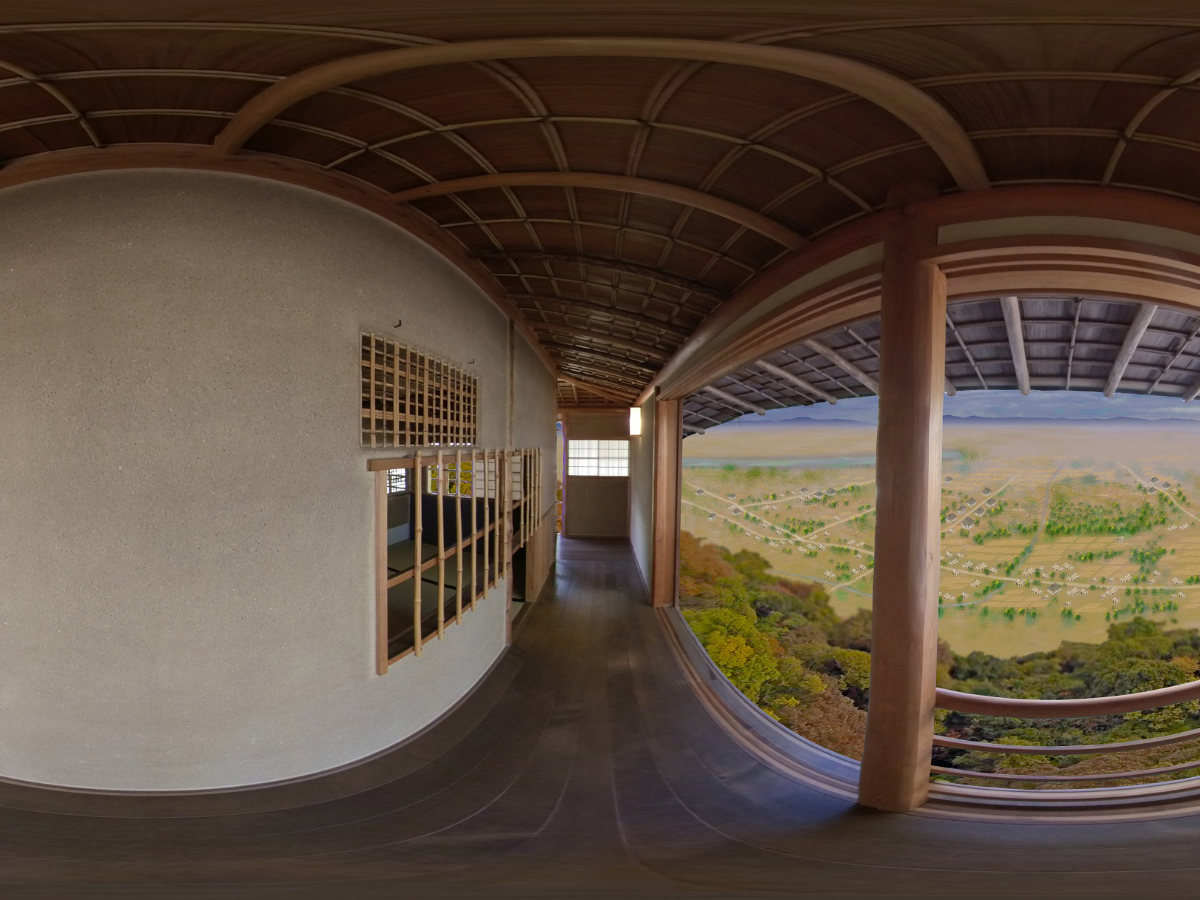Related Article
-

Aokigahara Forest And Suicide: A Brief Look Into Its History As One Of Japan’s Most Haunting Locations
-

Have A Drink Inside Barbie’s Dollhouse At Barbie-Themed Pink Holiday Cafe
-

Cat’s Pleas For Fish End In Adorable Greek Tragedy
-

Get The Japanese Matsuri Experience Through Dramatic 3D Sound
-

Kewpie shares mouthwatering baked sesame dressing chicken recipe
-

Acclaimed Female Japanese Dancer Collaborates With A Japan-Inspired Dance Group – The Result? Mesmerizing!



Located atop of Yawata’s Otokoyama, the ancient Iwashimizu Hachimangu shrine was built to overlook Kyoto and to provide the gods with a location from which they could protect Japan.
Though easy to pass off as ‘just another shrine’ Iwashimizu Hachimangu is one of just four complexes that showcases Hachiman-zukuri style architecture (when two seemingly separate buildings are actually interconnected) and has been named as one of Japan’s national treasures.
Up until 1868, the shrine was part of a much larger shrine-temple complex (Jingu-ji) complete with a shukubō (temple lodging) known as Takimotobo, and was dedicated to both Buddhist and Shinto religions. However, during the Meiji restoration temples and shrines were forced to seperate, and the complex was reduced to the (still impressively sized) Iwashimizu Hachimangu shrine that we see today.
The shrine was also once home to a renowned tea house – Kanunken – which protruded from the side of the mountain. With Uji city cultivating Japan’s best green tea nearby, and an aerial view of the Yawata area (where Kyoto’s three main rivers – Katsura-gawa, Uji-gawa and Kizu-gawa –converge) Kanunken soon built up a reputation amongst Edo-era aristocrats, and was respectively earned the nickname of ‘Kyoto’s floating tea house’.
Sadly, both the Takimotobo guesthouse and the floating tea house were burnt down during a fire in 1773, and with the passing of time Kanunken became but a distant memory. That is until an archeological excavation in 2010 revealed the location and layout of Kanunken, shining a light on the forgotten complex for the first time in over 200 years.
As well as the entire layout of the Takimotobo buildings, the excavation also revealed how the Kanunken teahouse could protrude from the mountain’s cliff face, with the support of bamboo pillars that were more than 7 meters in height.
This architecture, where a floor juts out from the side of a hill or mountain with the support of multiple pillars and stages, is known as Kakezukuri. Kakezukuri architecture became popular amongst temples and shrines during the Edo-era due to an influx of pilgrims. The structures can still be seen today, with the most famous example being Kyoto’s Kiyomizu-dera.
A VR video produced by Yawata city reconstructs Kanunken and it’s elevated ‘floating’ corridors and tearooms using the findings from the 2010 excavation. The VR video is available to watch on the website for a limited time period until 31 March 2021. After that, it will be shared on Yawata City Shōkadō Garden and Museum’s youtube channel.
Use the VR video to take a step back in time, and experience walking along the ‘floating’ tea house’s corridors to the chashitsu (tea room). Upon entering the room, you’ll witness an actor taking on the role of tea master Shōkadō Shōjō (a famous Edo era monk who resided at the complex, known as a master of tea ceremony, calligraphy and as the namesake for Shōkadō bento) as he sets up for a traditional Japanese tea ceremony.
Combining the VR footage of the floating tea house and a 360° drone view of the surrounding Yawata area, you can enjoy the atmosphere and feel as if you are walking in the air.